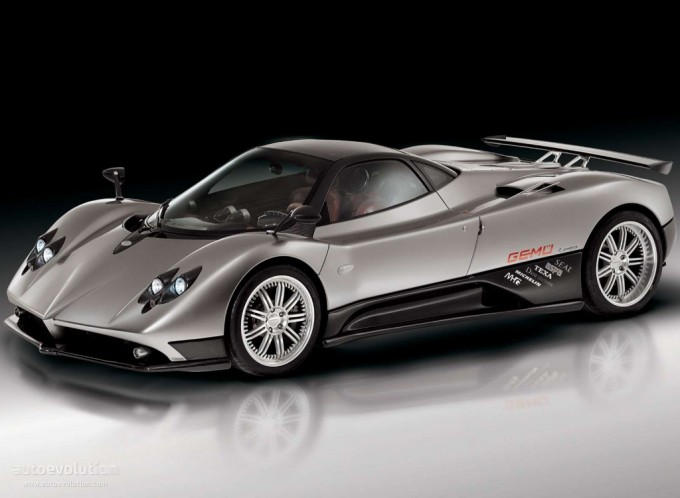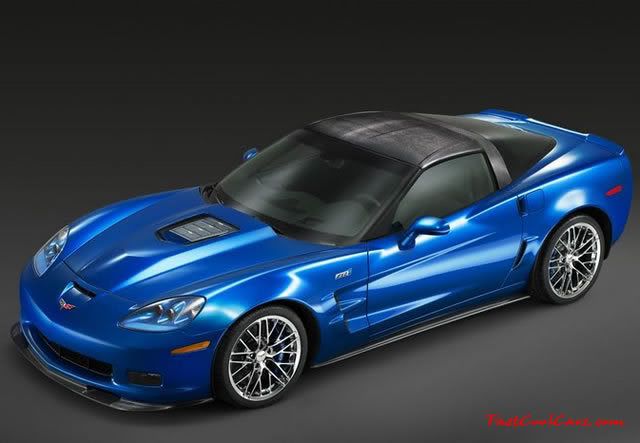
I’ve been waiting for this one for a while now. There’s been a severe market shortage of small, fuel-efficient, genuinely fun-t0-drive two-seat coupes, pretty much since Honda dropped the CR-X and replaced it with the useless del Sol. It’s of no surprise, then, that it would be Honda to pick up the mantle of the tiny two-seat pocket rocket with a modern interpretation of the beloved CR-X.
And you can’t say the time isn’t right for such a car. These days, everyone’s concerned with efficiency, but that doesn’t mean people don’t still care about fun. This strategy is the whole reason that Honda sold every CR-X they could import in the ’80’s, even with the ridiculous Honda dealer price gouging that was routine back when there was an import quota on foreign-assembled automobiles. This could be just the ticket for Honda, who’s been uncharacteristically weak in the US lately.
 As for the car itself, well, it’s not that interesting mechanically. What it really is, is a two-door version of the dedicated-hybrid Insight econo-car. But remember, the original CRX was just a slightly shorter Civic, and it was still revolutionary. The CR-Z gets power from the combination of a 1.5L clean-burning gas four cylinder as well as Honda’s IMA (Integrated Motor Assist) system. In addition to the Insight’s dreadful rubber-band CVT, the CR-Z will be offered with a short-throw six speed manual transmission, for people that actually enjoy driving.
As for the car itself, well, it’s not that interesting mechanically. What it really is, is a two-door version of the dedicated-hybrid Insight econo-car. But remember, the original CRX was just a slightly shorter Civic, and it was still revolutionary. The CR-Z gets power from the combination of a 1.5L clean-burning gas four cylinder as well as Honda’s IMA (Integrated Motor Assist) system. In addition to the Insight’s dreadful rubber-band CVT, the CR-Z will be offered with a short-throw six speed manual transmission, for people that actually enjoy driving.
So it won’t exactly be overwhelmed with horsepower, but with a lighter curb weight than the Insight as well as a lower center of gravity, it should be an entertaining car to fling around the bends. Furthermore, expect fuel mileage and emissions numbers to be pretty stellar, just to add icing to the cake.
The styling is hard to criticize – I’d go so far as to say it’s sort of attractive. Then again, I see a lot of CR-X in the design, and I (clearly) have a soft spot in my heart for the CRX. Still, the proportions are excellent, and it looks compact yet solid and full of energy. The greenhouse is 100% modern CRX to me, but the front end is something else – huge gaping front grilles aren’t something I expect from Honda. But you know how it works – if Audi’s doing, everyone’s doing it!
About the only questionable thing I see, at least stylistically, are those bangle-esque taillights. I think perhaps the intersection of curves and hard lines just looks odd in pictures, but the back is lacking the harmony and cleanliness of the original. Still, at least it’s got that vertical glass pane in the back for reversing! If it worked in 1985, it’ll work today…
The interior looks like a mixture of Acura RSX and Honda Insight, but for a compact economy two-seater, it looks extremely nice. I especially like the large, high-definition LCD screen in the center dash, as well as the “pods” orbiting the main gauge cluster. You can see what I’m talking about better from a straight-on angle.
Although this isn’t the “full production” version of the CR-Z, expect it to appear nearly the same as this “pre-production concept.” Perhaps the huge blingey wheels will hit the garbage bin (where they belong), but otherwise what you see is what you’ll get. There should be more pictures and details on the CR-Z forthcoming next week at the Tokyo Auto Show, so stay tuned!



























































